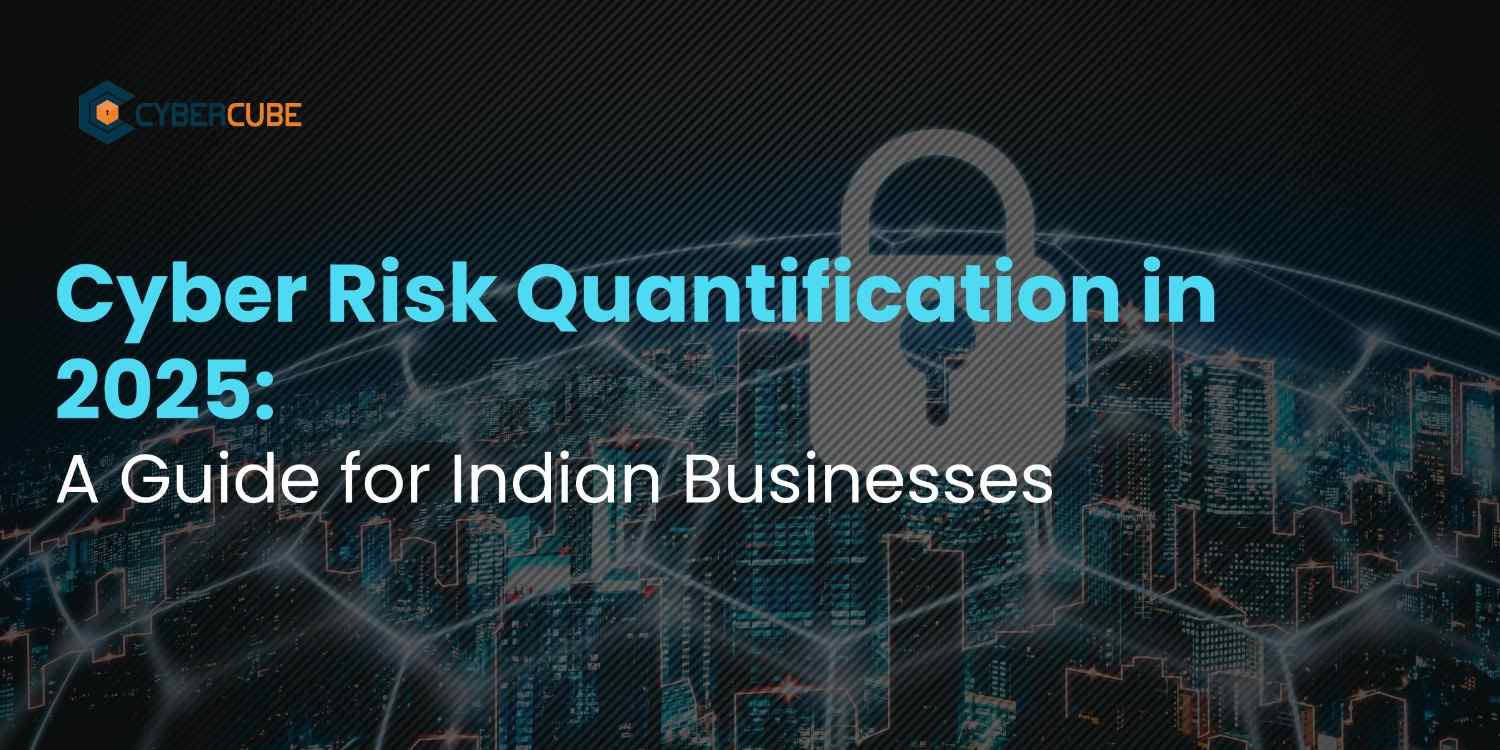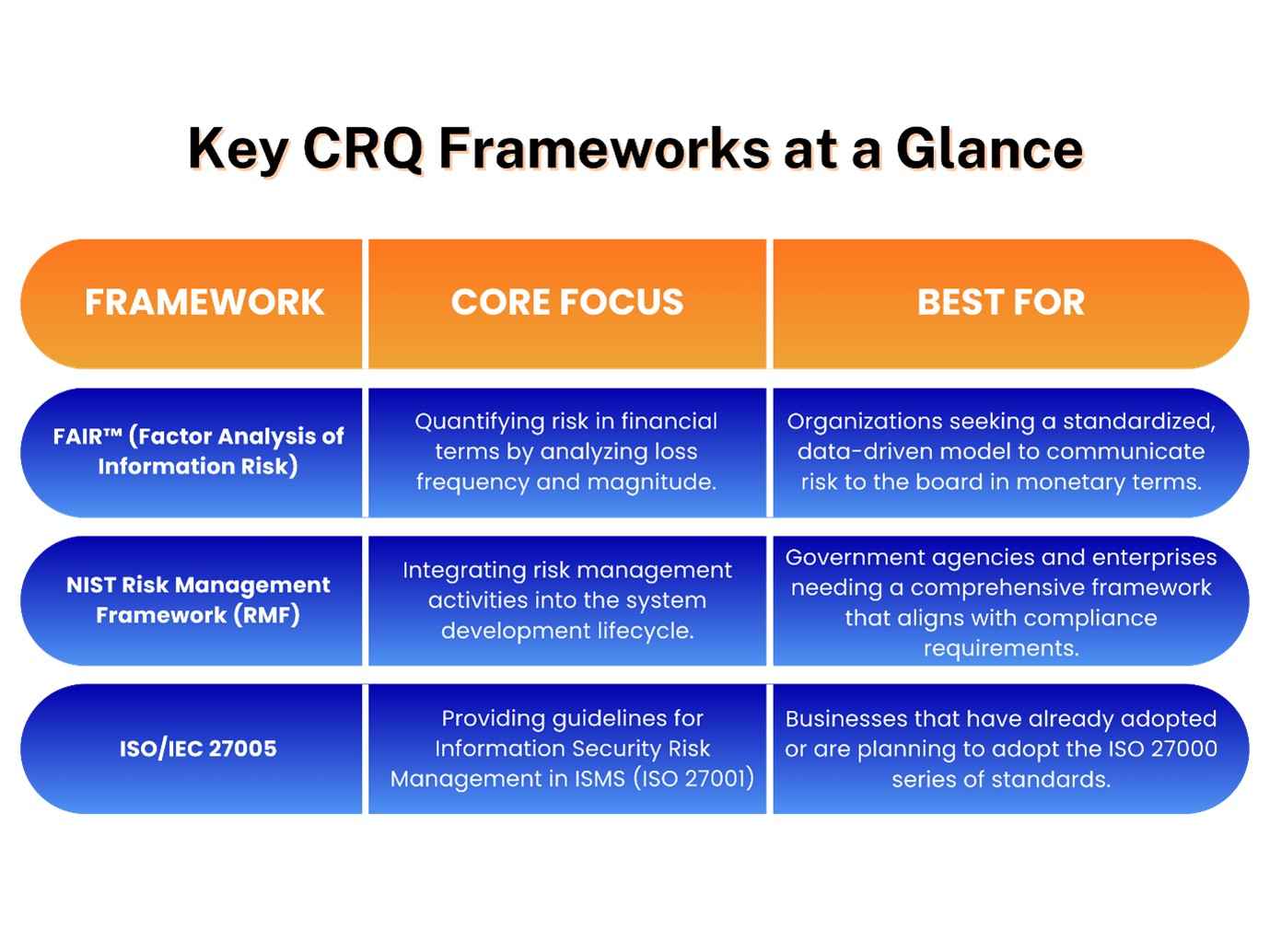
Cyberattacks can no longer be thought of as a distant threat. They are a constant risk to your business. The costs of cybercrime for organizations in India are increasing at a disturbing rate. India is one of the top 5 countries for attacks by cybercriminals, with ransomware, breaches in the cloud and complex supply chain attacks in the headlines every day. Despite these concerns, many leaders in organizations struggle to define the most essential question, “What is the real financial risk we are facing?” It is time to move away from the vagueness of red-amber-green charts.
Cyber risk quantification (CRQ) is the method that changes the conversation about risk. It takes the technical, abstract notion of risk and puts it in a financial context — putting value to cybersecurity for the business, moving it from an IT cost center into a strategic enabler for the required operations of businesses.
In this guide, we will identify what cyber risk quantification is, why organizations in India will need it in 2025, and finally, how to model, measure and mitigate the greatest cyber risks you face.
CRQ Discovery Call (15–20 mins)
Scope your environment and align stakeholders on outcomes in rupees, not colors.
What is Cyber Risk Quantification?
Cyber risk quantification refers to the ability to quantify the financial implications of possible cyber incidents. It puts a price tag on risks associated with data breaches, ransomware attacks, and system downtime. Rather than saying something vague such as, “we have a high risk of a data breach”, CRQ gives details that can be acted on. For example: “Given our current controls, we estimate there is a 15% likelihood of a significant data breach in the next 12 months that could cost between ₹8 crores and ₹10 crores in regulatory fines, costs to notify customers, and reputational harm.”
With the financial perspective gained through CRQ, CISOs, CFOs and board members are able to:
- Rank security investments based on which security investments offer the most significant risk decline.
- Justify security budgets with data-driven business rationale.
- Evaluate cyber risk compared to other operational risks in a manner that is understandable to everyone involved.
- With CRQ data establishing maturity to risk management and/or risk controls negotiate cyber insurance premiums judiciously.
Bottom line: CRQ translates technical risk into financial language so leaders can decide, invest, and measure confidently.
Why CRQ is a Necessity for Indian Organizations
The Indian business landscape is evolving rapidly, and several key trends make cyber risk quantification in India more critical than ever.
-
The Digital Personal Data Protection Act (DPDPA)
The DPDPA has introduced stringent data privacy regulations, with penalties for non-compliance reaching up to ₹250 crore. Organizations can no longer afford to be reactive. CRQ allows you to quantify the potential financial penalties associated with a data breach, helping you build a compelling case for investing in robust data protection controls. -
Rapid Cloud Adoption and Associated Risks
Indian businesses are migrating to the cloud faster than ever. While the cloud offers immense benefits, it also introduces new risks, such as misconfigurations, insecure APIs, and identity management failures. Quantifying the potential losses from a cloud security incident—including business interruption and data loss—helps organizations allocate resources to secure their cloud environments effectively. -
Increased Scrutiny from Cyber Insurers
The cyber insurance market in India is hardening. Insurers are demanding more than just a checklist of security controls; they want evidence of a proactive and measurable risk management program. An organization that can present a quantified risk profile is in a much stronger position to secure comprehensive coverage at a competitive premium. -
Complex and Interconnected Supply Chains
Modern businesses rely on a vast network of third-party vendors and partners. A security failure at a single supplier can trigger a catastrophic chain reaction. CRQ and scenario modeling help you understand and quantify the ripple effects of a supply chain compromise, enabling you to focus on your most critical vendor relationships.
CRQ Readiness Workshop
Align CFO, CISO, and business owners around quantified scenarios and controls.
How to Model Cyber Risks: From Abstract to Actionable
The power of CRQ is fully realized through scenario modeling. This technique involves creating detailed “what-if” stories for specific cyber threats and calculating their potential business impact. By breaking down a complex event into its component costs, you can gain a clear picture of your financial exposure.
Here are two examples:
Scenario 1: Ransomware Attack on a Manufacturing Company
- Threat Event: A phishing email leads to a ransomware infection, encrypting critical production systems and exfiltrating sensitive intellectual property.
- Financial Impact Breakdown:
- Downtime & Lost Production: ₹5 crore
- Incident Response & Forensics: ₹2 crore
- Ransom Payment (if paid): ₹4 crore
- Regulatory Fines (for data exfiltration): ₹3 crore
- Reputational Damage & Customer Loss: ₹6 crore
Total Quantified Risk: ₹20 crore
Scenario 2: Cloud Misconfiguration at a FinTech Startup
- Threat Event: A developer accidentally leaves a cloud storage bucket containing customer KYC data publicly accessible.
- Financial Impact Breakdown:
- DPDPA Penalty: ₹8 crore
- Customer Notification & Credit Monitoring: ₹1.5 crore
- Public Relations & Brand Repair: ₹3 crore
- Loss of Investor Confidence: ₹5 crore
Total Quantified Risk: ₹17.5 crore
These models highlight which security controls—such as immutable backups, robust Identity and Access Management (IAM), or employee training—would be most effective at reducing the financial impact.
Key CRQ Frameworks at a Glance
While you can develop your own models, several established frameworks provide a structured approach.

For most Indian businesses, a hybrid approach that combines the financial modeling principles of FAIR with the control guidelines of NIST and ISO 27005 offers the most comprehensive path to effective risk management.
Minimizing Cyber Threats: Proactive Cybersecurity Strategies
Quantification is only the first step. The ultimate goal is to take action to reduce risk. Here are five powerful strategies to minimize your quantified cyber risks.
- Embrace a Zero-Trust Architecture: Move away from the outdated “trust but verify” model. Zero Trust operates on the principle of “never trust, always verify,” requiring continuous authentication for every user and device, regardless of location. This significantly reduces the blast radius of an attack.
- Implement Continuous Threat Exposure Management (CTEM): Annual penetration tests are no longer sufficient. CTEM is a proactive cycle of discovering, prioritizing, and validating your security exposures in real time. It helps you see your organization through an attacker’s eyes and fix the most critical vulnerabilities first.
- Incorporate Real-Time Threat Intelligence: Your risk models are only as good as the quality of the data that you input into them. To keep your scenarios current, implement high-quality threat intelligence feeds to factor in the most recent tactics, techniques, and procedures (TTPs) of potential attackers. This will ensure that your defensive strategies are up to date.
- Perform Thorough Tabletop Testing: Don’t wait for an incident to test your incident response plan. These tabletop exercises should include your leadership team simulating high-impact scenarios (like the ones modeled above). They will expose process gaps and reveal how quickly your team can act to mitigate financial damage.
- Discuss Cyber Risk Metrics in Terms of Business KPIs: If you want cybersecurity to really be a boardroom discussion, tie it back to what matters to the business—revenue protection, customer retention, and operational uptime. When security is linked to business performance it is easier for leadership to pay attention and invest.
Get a Fixed-Scope CRQ Quote
Transparent pricing for quantified scenarios, board-ready outputs, and action plans.
The Path Forward: From Cost Center to Strategic Enabler
In 2025, relying on guesswork to manage cyber risk is a recipe for disaster. Cyber risk quantification provides the data-driven clarity that Indian organizations need to thrive in an increasingly hostile digital environment.
By adopting CRQ, businesses can transform their cybersecurity programs from a perceived cost center into a strategic asset that builds trust, enhances resilience, and creates a competitive advantage. The question is no longer “if” an attack will happen, but “when it does, are we prepared?” The answer lies in quantification. The time to start is now.
Ready to quantify cyber risk in rupees—and act with confidence?
We’ll help you model scenarios, prioritize controls, and present board-ready numbers.
Talk to CyberCube